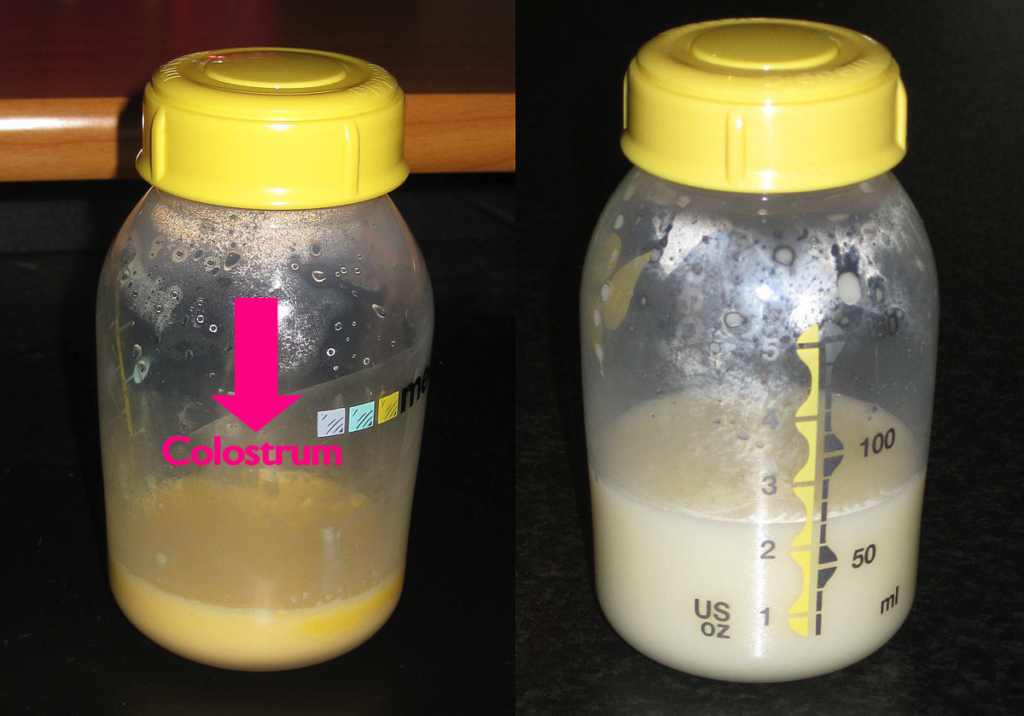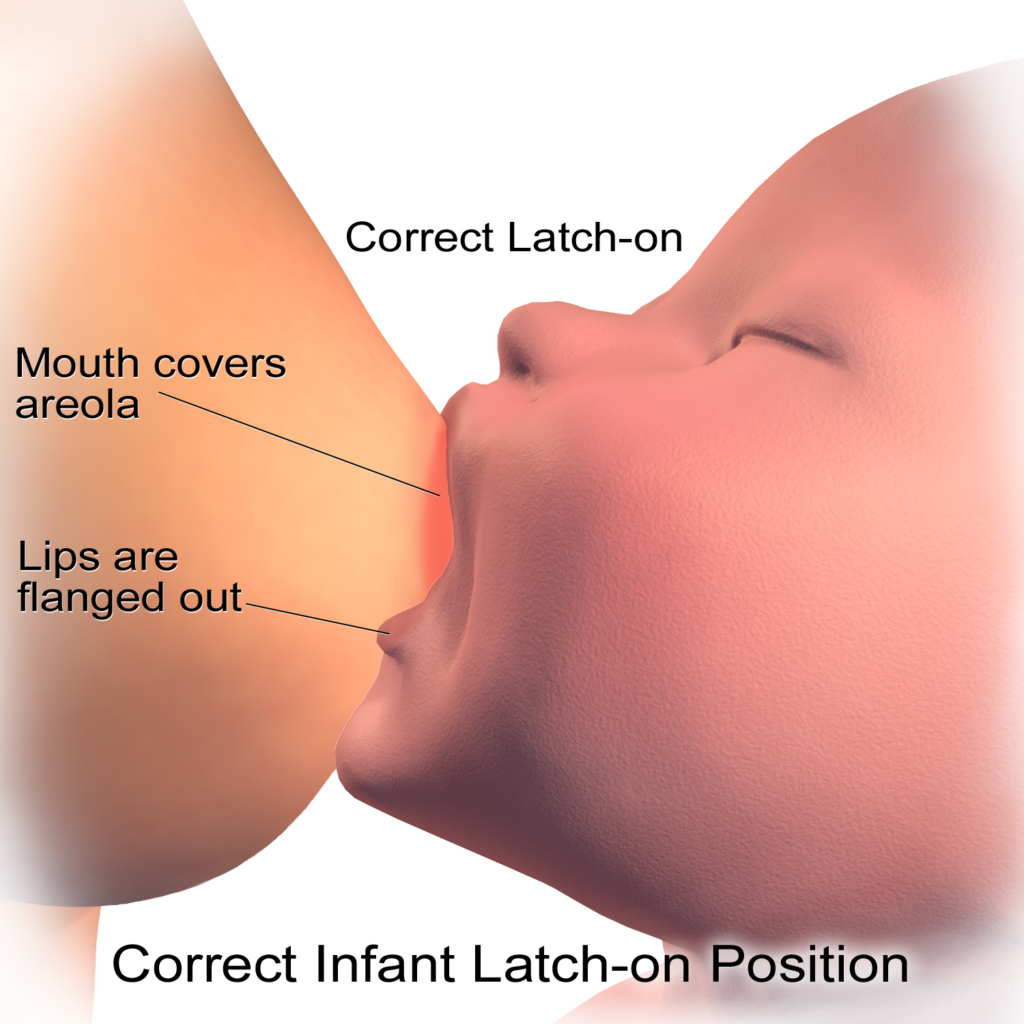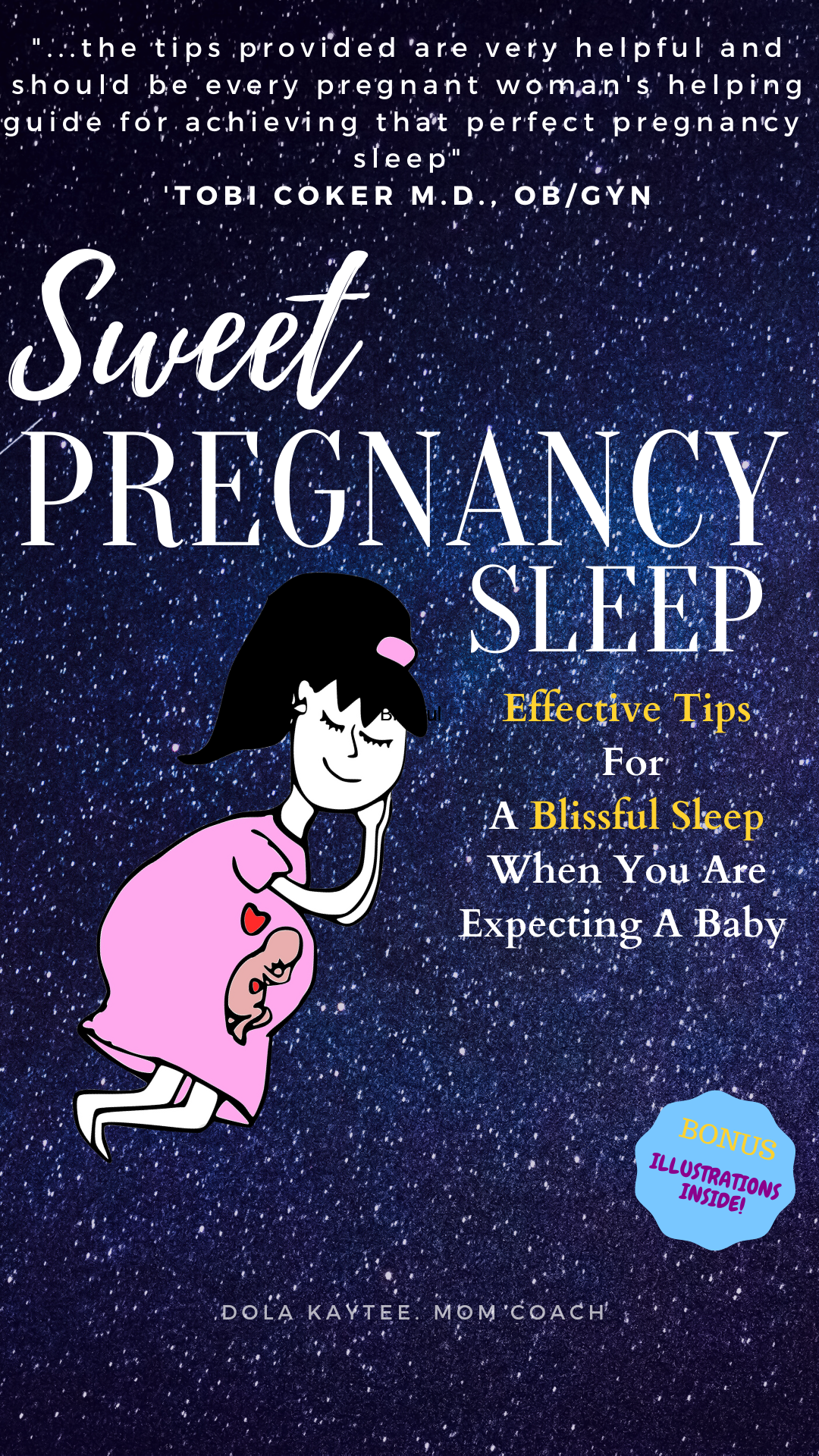
Breastfeeding Your Newborn:
Breastfeeding Your Newborn: What To Expect, By Miri Sais.
As a birth attendant, I’ve spent over 20 years helping women learn about breastfeeding. The truth of breastfeeding is vast. It’s impossible to brief in one, or even two, articles. It does not simply latch on, latch off. It is a science and an art. One that requires true dedication and patience. That said, never is it something you should fear. There is nothing of breastfeeding that lacks explanation, and once you have the fundamentals you’re already on the right path.
The base fundamentals of breastfeeding are universal, it is important to remember that every mother and child situation is different.
The Three Stages of Breast Milk
To understand breastfeeding you must first understand breastmilk; which “comes in” three stages. Which are colostrum, transitional milk, and mature milk.
Colostrum:
This thick yellow (sometimes clear) substance comes in first. Commonly, the production of colostrum starts half or third into pregnancy. Like most good things colostrum comes in a small dosage. At most, babies only get 1-2 tablespoons of colostrum per feeding. Still, even a few drops of this miracle liquid is more than enough. This mighty mountain does everything, from supplying immune-building antibodies, to help a baby adjust to life outside of the womb by regulating bodily fluids.
Transitional milk:
Days after giving birth your milk will turn white. Easily explained, transitional milk is the combination, and this transition, of colostrum to mature milk. Its main purpose is gradually preparing your baby for mature milk.

Mature milk:
After several weeks you will arrive at your final stage. Mature milk is explained in two parts: foremilk and hindmilk. Over the course of every breastfeeding session, mature milk will change from thin and watery, foremilk, to thick and creamy, hindmilk. Foremilk comes first, low in fat but high in volume and nutrition. However, the more your baby eats the volume lessens, and fat gains, this change is called “hindmilk”.
It is important to note, foremilk and hindmilk are NOT two different types of breastmilk. Rather they are two combining qualities. Neither being more important than the other. Both are key to happy healthy babies. So please do not be confused by hindmilk being fattier. Foremilk is just as vital as it is packed with brain-building nutrients.

Now that you have an idea of how breastmilk works, it’s important to know what steps to take.
Engorgement & Breast Fullness
During the transitional stage you will notice your breast starting to enlarge, likely they will feel a bit tender, and perhaps a bit swollen. This is perfectly normal. Your body is filling your breast with milk.
Not to be confused with engorgement, which is what happens when your body produces too much milk. Instead of tender, when engorged your breast becomes painfully hard. Long term engorgement can lead to severe problems, you can even catch fevers and infection. Engorgement can lead to Mastitis. Please take preventative measures to avoid this.
Gratefully, there are ways to both prevent and treat engorgement:
To Prevent
♦Do not delay. Make sure you feed your baby when he/she is hungry. Or else your milk supply will just continue to grow.
♦No rushing. When feeding makes sure your baby has reached his/her fullness before unlatching.
♦Wear a bra. This is 100% vital, you must wear a supportive bra.
♦Make sure to rotate each session (keep in mind the hindmilk can be lost in too much rotation. this is where the art of breastfeeding comes in)
To Treat
♦Massage your breast: a gentle massage before and during breastfeeding will help decrease pain and better your milk flow.
♦Apply heat: A warm shower or applying a warm rag to your breast before feeding should better your milk flow.
♦Cold cabbage: To decrease pain and internal swelling, wrap your breast in cold cabbage leaves.
HOW TO STRENGTHEN YOUR PELVIC FLOOR MUSCLES AFTER PREGNANCY
Latching
A proper latch encompasses the entire nipple and some of the areola (the darker area of your breast around your nipple). The exact amount of your areola that the baby should have a latch on, differs for different size breasts and areola. One inch or more of your areola should be in your baby’s mouth to make a good latch.

Here are some ways to identify poor vs proper latch:
Poor Latch
♦The mouth is barely open
♦Tongue behind lower gums
♦Lips are curled in
♦Chin barely brushes breast
Proper latch
♦ Chin touches breast
♦The tongue is over the lower gums
♦Lips are curled out, slightly like a fish
♦The mouth is opened wide like a yawn
Nutrition
The beauty of breastmilk is it takes all the nutrition from the mother’s food and delivers it to the baby. However, eating food lacking nutrition means breastmilk is lacking viable substance. When nutrition is lacking often babies won’t even want to breastfeed. Which can lead to the baby staying up at night. Breastfeeding is an investment of dedication and nutritional education. I assure you it is worth it and the effects are generational longevity.

You are building strong bones (which don’t stop growing until the age of 21) along with an intelligent brain. Not only for your child but for your grandchildren and their grandchildren. By breastfeeding your child you literally blaze a trail for strong generations to come.
There’s no cheat sheet or shortcut to breastfeeding. It is the first food and one of the first forms of love you’ll share with your child. So cherish each moment and know your bond is stronger with each session.
FEVER AFTER BREASTFEEDING, TREATMENT, AND PREVENTION
About the Author :
 Miri Sais is a Traditional Birth Attendant, Prodigy Entrepreneur, and a Certified Market Garden Trainer. She is 2nd generation home birthing babies.
Miri Sais is a Traditional Birth Attendant, Prodigy Entrepreneur, and a Certified Market Garden Trainer. She is 2nd generation home birthing babies.
Miri has helped hundreds of families in her 20+ years as a birth attendant and doula and has personally ushered the births of hundreds of healthy babies into the world. She has also guided countless human beings to heal from emotional pain, grief, miscarriage, inner stress, and trauma, tap into their strength and power, live fully and live vibrantly, and reclaim their radiance, joyfulness, calm and overall sense of well-being. She teaches empowered birth which has the ability to heal the soul and awaken the most enlightened version of ourselves. Find more of her on www.Mirisais.com, on her Facebook page, and on her Instagram page.
Join us over at the PB Moms Exclusive Circle, where we invite healthcare experts to prepare us for life after childbirth and motherhood. Go to: pregnancybeyond.com/exclusive-circle.
Follow PregnancyBeyond on Instagram, Facebook, and Twitter.
BABY ON THE WAY BREASTFEEDING FIRST TIME MOM GUEST POST NEW MOM NEWBORN POSTPARTUM





This is very informative as I am presently doing child care nursing course